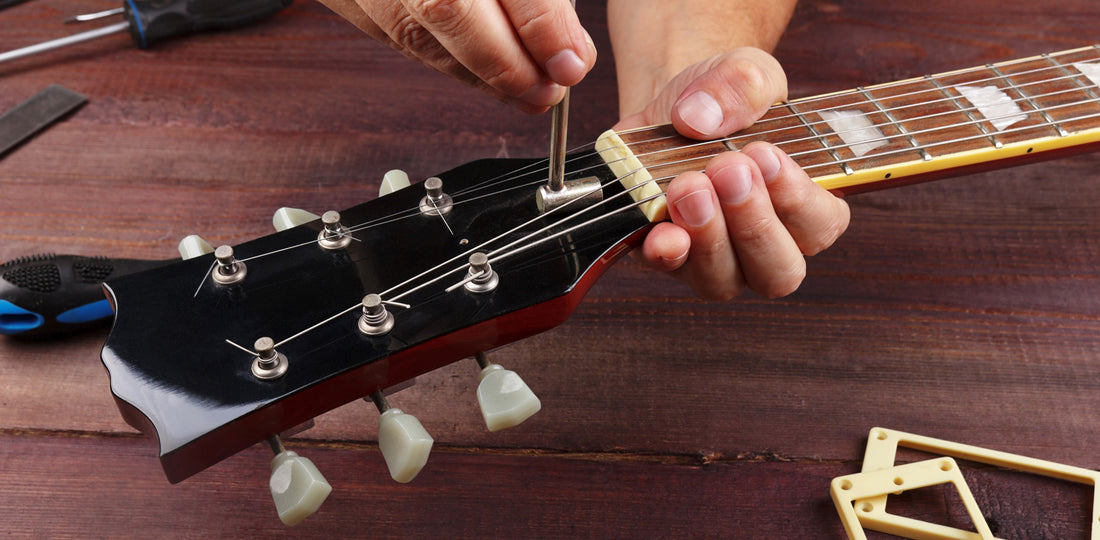
Can I break my truss rod?
Share
A common concern of beginners, enthusiasts and experts as well. If I tell you: “sure, you can break it”, this article will end here. That’s it. Class dismissed! Regardless, I’ll suggest you to grab a cup of your beverage of preference and let me elaborate a bit.
In fact, you can break it or damage your neck, but if you have a decently built instrument it’s not easy. Besides you can find a decent number of guides step-by-step tutorials out there to avoid that point. You should apply certain strength to break your neck (or your guitars’, you got me). So, the message here is: be gentle.
It’s almost hypnotic to see an expert luthier adjusting an instrument. Cleaning the fret-board is closer to caressing it. So, if you decide to onboard on this: take your time, find the proper tools, set your working bench and start with something simple (let’s say changing your strings).
Read, READ, and then keep reading.
If this is the first time you’re adjusting your truss road, take your time researching. It won’t hurt.
Perhaps is too obvious, but don’t start your technician career adjusting a 20.000€ instrument. If you have one of these exquisite pieces of art in your hands, I’m guessing you’re able to afford a cheap guitar or DYI-kit. Use that for practicing.
When in doubt, call your local expert.
In this part you’re thinking… aha! That person (local guitar enthusiast, technician, or however you want to call it) doesn’t have a career, he/she/them just learned how to do it using a bunch of YouTube videos… I can do the same… and sure you can.
About that let me tell you: experience is everything. That person is delivering a service that costs time, effort, research and why not: breaking one or two guitar necks.
So, if you don’t want to experiment with “your precious”, pay your respect (and a couple of bucks) to your local guitar technician. If you’re polite and he’s in a good mood, that person might show you few tricks to try by yourself.
